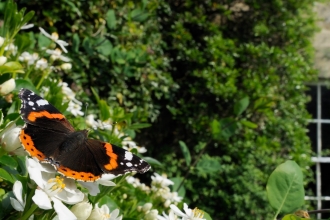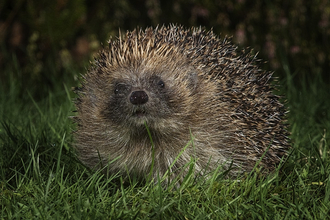From teeny tiny spiders to shy mice and fearless garden birds, here are nine species to keep an eye out for at home.
Common wildlife to spot at home
Snail by Jon Hawkins - Surrey Hills Photography
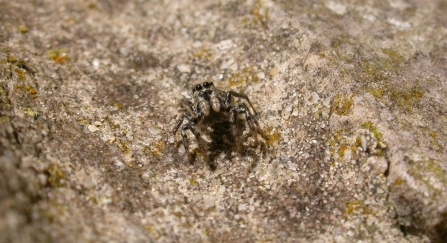
Zebra jumping spider by Bruce Shortland
Zebra jumping spider
Can you imagine being smaller than a raindrop? Life can be pretty scary for the zebra jumping spider, which is just seven millimetres in size. They’re really common in our homes and gardens, and on sunny days a quick scout around the outside of your doors and walls could reveal one of these tiny predators. They’re white with black stripes, just like a zebra, but hunt more like wolves, stalking their prey before leaping on top of it. Zebra jumping spiders can jump around 10 centimetres – that’s more than 14 times their own body length!
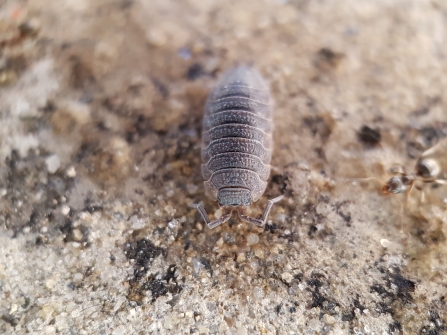
Common rough woodlouse by Charlotte Varela
Common rough woodlouse
Often one of the first minibeasts we encounter as children, woodlice are everywhere and are a wonderful gateway to nature connectedness. You could encounter one toddling across your carpet, resting on your garden wall or hiding under one of your plant pots, so why not take advantage of the opportunity to really appreciate these incredible insects? As well as being nature’s recyclers – munching away on deadwood, leaf litter, dead animals, fungi and fruit – they have some surprising ancestry. Woodlice aren’t insects, but crustaceans, and breathe through gills on their knees.
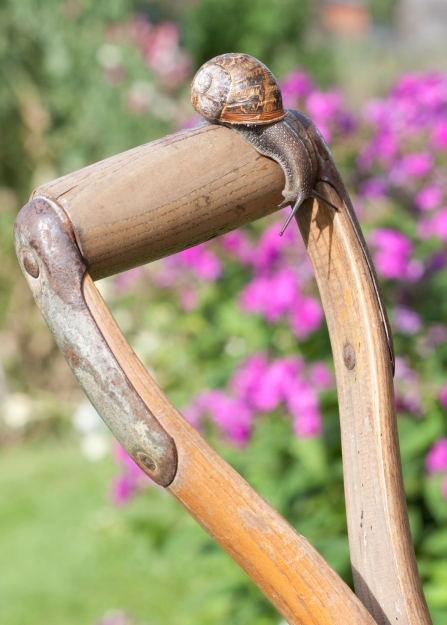
Snail by Tom Marshall
Garden snail
When you get down and really look at a garden snails little face, they’re actually kind of cute. Snails are also important waste recyclers; gobbling up dead vegetation, dead animals and even dog poo – yuck! They’re fascinating, almost alien creatures with green blood and up to 12,000 teeth, and they’re a vital part of the ecosystem, feeding all kinds of birds, amphibians, reptiles and mammals.
Show the snails in your garden a little more love and take some time to appreciate their intricately patterned shells, and the amazing slime that has inspired the science behind surgical glue!
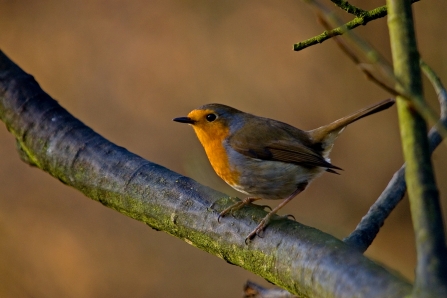
Neil Aldridge
Robin
Britain’s national bird is a garden regular and often called ‘the gardener’s friend’. They’re bold, opportunistic birds and won’t miss an opportunity to follow you around if you’re turning the soil; grabbing any unwary worms you might bring to the surface. Robins are instantly recognisable thanks to their bright orange breast and smoky grey-brown upperparts, and their sweet, rippling song.
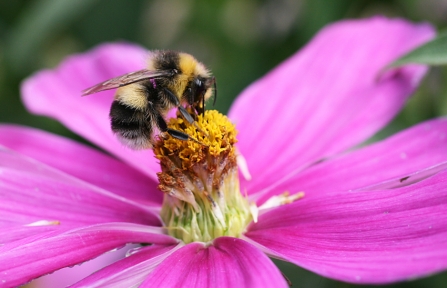
White-tailed bumblebee by Penny Frith
White-tailed bumblebee
One of our most common and most recognisable British bumblebees, the white-tailed bumblebee is a regular visitor to gardens and parks. If you aren’t sure how to recognise it, look out for a yellow band at the top of the thorax, a second yellow band on the abdomen, and a big white bottom. White-tailed bumblebees aren’t too fussy when it comes to plants, but if you’re desperate to attract them to your garden then heathers, thyme, thistles, scabious and clovers are some of their favourites.
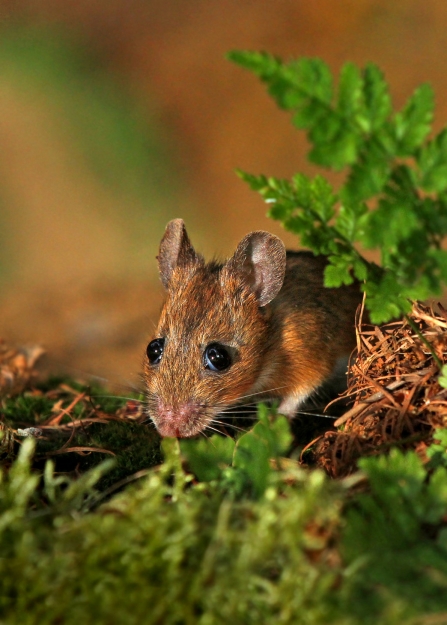
Wood mouse by Jon Hawkins - Surrey Hills Photography
Wood mouse
This is the most common species of mouse in the UK, and it isn’t confined to woods. Wood mice are perfectly at home on moors, on sand dunes and even in gardens too. They’re very cute, with big eyes, satellite-dish ears and a taste for soft fruits, fungi and insects.
Wood mice are nifty mappers: placing objects like leaves or twigs at key positions in their territory, almost like way-markers.
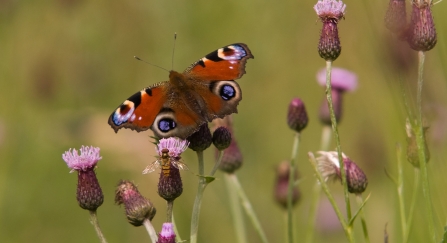
Peacock butterfly by Bob Coyle
Peacock butterfly
The bright red colour and striking eye-spots of the peacock butterfly could brighten up a garden on even the gloomiest day. You may even spot them hibernating in your shed or loft during winter, where they patiently wait out the chilly weather. If you’d love to see more peacock butterflies in your garden but aren’t sure what to plant, they absolutely adore buddleia. They’ll also visit thistles and wild marjoram, and depend on two plants you’re more likely to find some gardeners purging from their outdoor space: dandelions and nettles. Dandelions offer a vital source of early nectar when peacock butterflies emerge from hibernation and don’t have any other flowers to drink from, while nettles are the sole source of food for their caterpillars.
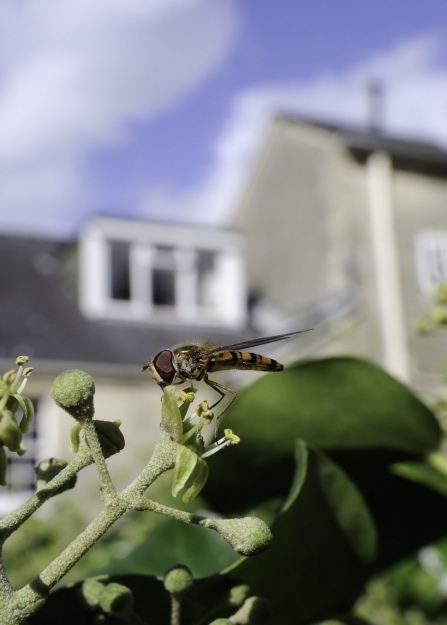
Marmalade hoverfly by Nick Upton/2020VISION
Marmalade hoverfly
These delicate little hoverflies are a sweet sight on sunny days. They’re our most common species of hoverfly, so chances are you’ll spot one in your garden or when you’re out for a stroll. They’re orange with black stripes, and they often feed in large groups on tansy, ragwort and cow parsley flowers. In fact, during some summers huge numbers of marmalade hoverflies migrate here from the continent – hard to believe given their tiny size!
Marmalade hoverfly larvae are voracious predators of aphids, so they’re a wonderful insect to have in the garden!
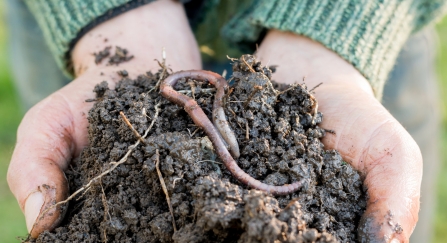
There are lots of great alternatives to peat-based compost
Earthworm
They’re squirmy and slimy, and they’re completely wonderful. We simply couldn’t survive without earthworms. By eating and recycling organic matter, and oxygenating our soil, they keep the soil and everything that depends on it healthy – including our food! It’s even thought that earthworms could help clean up damaged soils, as worm poo is packed full of nutrients that plants love. It’s well worth taking a closer look at these fantastic beasties if you see one near your home or find one as you carefully turn your soil.
You don’t have to venture far to encounter special wildlife. There is so much joy to be found in the ‘every day wildlife’ we share our homes with, so why not take a closer look at the creatures living (sometimes quite literally) on your doorstep?


